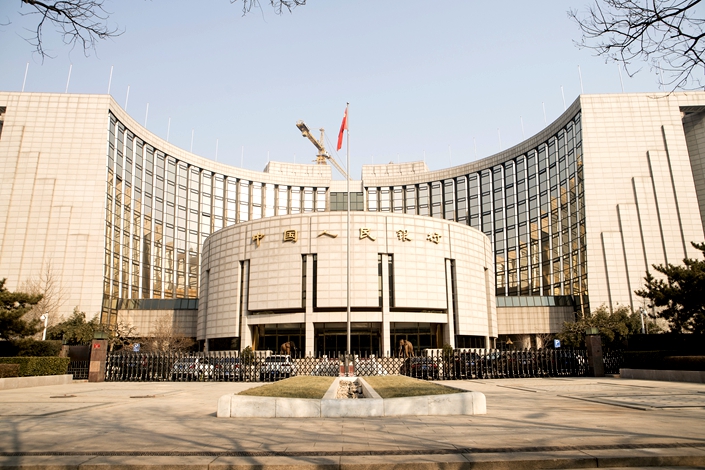

The central bank will inject sufficient liquidity to financial markets after they reopen on Feb. 3 through monetary policy tools such as open market operations, standing lending facility, relending and rediscount, according to a statement Saturday (link in Chinese) released by authorities including the country’s banking regulator, securities regulator, finance ministry and central bank.
Economists have warned that the widespread outbreak will add to downside risks for China’s economy in the first and second quarters of this year as responses to combat the virus constrain economic activity.
Pan Gongsheng, a deputy governor of the People’s Bank of China (PBOC), said in an interview (link in Chinese) that the central bank will offer 300 billion yuan ($43.3 billion) in low-cost funds to major national and local banks in Central China’s Hubei province for them to provide low-interest loans to enterprises that produce urgently needed medical supplies and daily necessities.
Authorities instructed lenders to rollover the loans of enterprises that get hit hard by the outbreak and have trouble repaying their debts on time. Financial institutions should not arbitrarily stop lending to those suffering from the damage done by the coronavirus, especially for small businesses, and those in the retail, wholesale, logistics, food service and tourism industries, it said.
Some economists have estimated this latest coronavirus outbreak may hit the economy harder than the severe acute respiratory syndrome (SARS) epidemic of 2002 and 2003. Economists from Nomura International (Hong Kong) Ltd. said today’s services sector is much bigger than it was 17 years ago, and transportation restrictions may create obstacles for production. Also, the Chinese economy is facing strong headwinds beyond the epidemic, they said in a note on Wednesday.
They expect that gross domestic product (GDP) growth in the first quarter of 2020 could fall substantially from the 6% growth of the fourth quarter of 2019. The drop might be more than 2 percentage points compared with the growth rate in the scenario without the virus outbreak, they said.
But authorities and economists both expect that any decline would be short-lived and for the economy to recover after the virus is brought under control.
Economists suggested that financial authorities boost spending by raising the deficit ratio, cut taxes to ease the burden on corporations, and ease monetary policy.
The statement said that financial institutions should help those individuals infected by the virus and the medical personnel treating them by allowing both to delay repaying mortgage loans and credit cards.
Listed companies and futures companies hit by the outbreak can apply to postpone releasing their annual reports for 2019 and their latest first-quarter reports. Listed companies and futures companies in Hubei province will also be exempted from the annual fee paid to stock and futures exchanges.
Contact reporter Guo Yingzhe (yingzheguo@caixin.com) and editor Michael Bellart (michaelbellart@caixin.com)
Caixin Global has launched Caixin CEIC Mobile, the mobile-only version of its world-class macroeconomic data platform.
If you’re using the Caixin app, please click here. If you haven’t downloaded the app, please click here.







